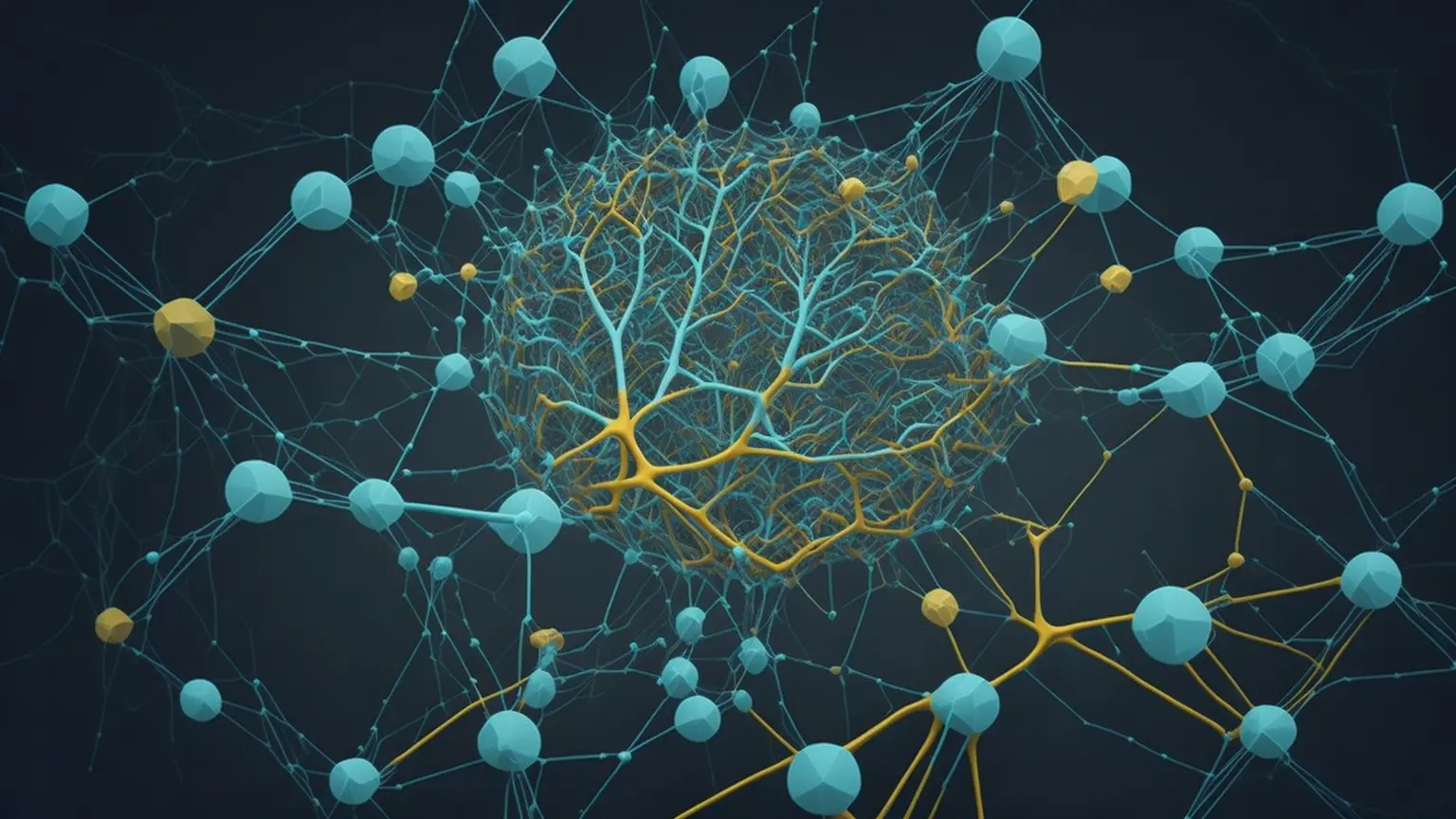The Art of Personalization: How Recommendation Systems Determine Our Preferences


Recommendation systems are at the heart of the digital world, powering personalized experiences across various platforms. They use advanced machine learning to determine our likes and dislikes, presenting us with content tailored specifically to our preferences.
What Are Recommendation Systems?
Recommendation systems are machine learning models designed to curate and offer suggestions that match a user’s interests. They drive the book recommendations on your favorite e-book platform, movie suggestions on your streaming service, or product recommendations on your preferred e-commerce site.
How Do Recommendation Systems Work?
The functioning of recommendation systems revolves around two key methodologies: collaborative filtering and content-based recommendation.
- Collaborative filtering operates on the premise that if two users have similar preferences in the past, they’re likely to have similar preferences in the future. For instance, if both users enjoyed a particular movie, they’ll probably enjoy other movies that one or the other has liked.
- Content-based recommendation, in contrast, is more about the attributes of items. It focuses on the features of items that a user has shown a preference for, recommending items that share these features.
Most modern recommendation systems combine these two methods to offer a more comprehensive recommendation experience.
Challenges with Recommendation Systems
However, as powerful as recommendation systems are, they’re not without challenges. A common issue is the “cold start” problem, where the system struggles to make accurate recommendations due to insufficient data on a new user or item. There’s also the “filter bubble” issue, where the system overfits to a user’s past behavior, limiting the diversity of recommendations.
The Future of Recommendation Systems
The impact of recommendation systems on our digital lives is profound. As they continue to evolve, incorporating more sophisticated machine learning algorithms and data processing techniques, they will become even more proficient at predicting our likes and dislikes, enriching our digital experiences like never before.
Recent Posts
How to Manage an Online Community: Best Practices for Success
In today's digital age, online communities have become a pivotal aspect of brand building, marketing, and fostering user engagement. Proper…
The Future Smart Home: Automation, Energy Efficiency & Next-gen Technologies
Automation, Energy Efficiency, and Cutting-edge Technologies in Domestic Management. 1. Introduction In today's world, technology continues to become more integrated…
Building an Online Community: A Step-by-Step Guide
In today's digital age, online communities have become hubs for knowledge exchange, shared interests, and camaraderie. If you're thinking of…
Blockchain’s Revolution in Real Estate: Ushering in Transparency
Blockchain, originally known as the backbone technology of cryptocurrencies, holds potential far beyond the financial sector. One such area where…
Leveraging Graph Databases for Complex Data Structure Analysis: An Overview of Benefits and Application Methods
The contemporary data landscape is ever-expanding and becoming more intricate, and conventional analysis tools and methods often fall short in…
Leveraging Quantum Computers in Scientific Research: A Revolution in the World of Science
The emergence of the first working prototypes of quantum computers signaled a new era of scientific exploration. With a fundamentally…